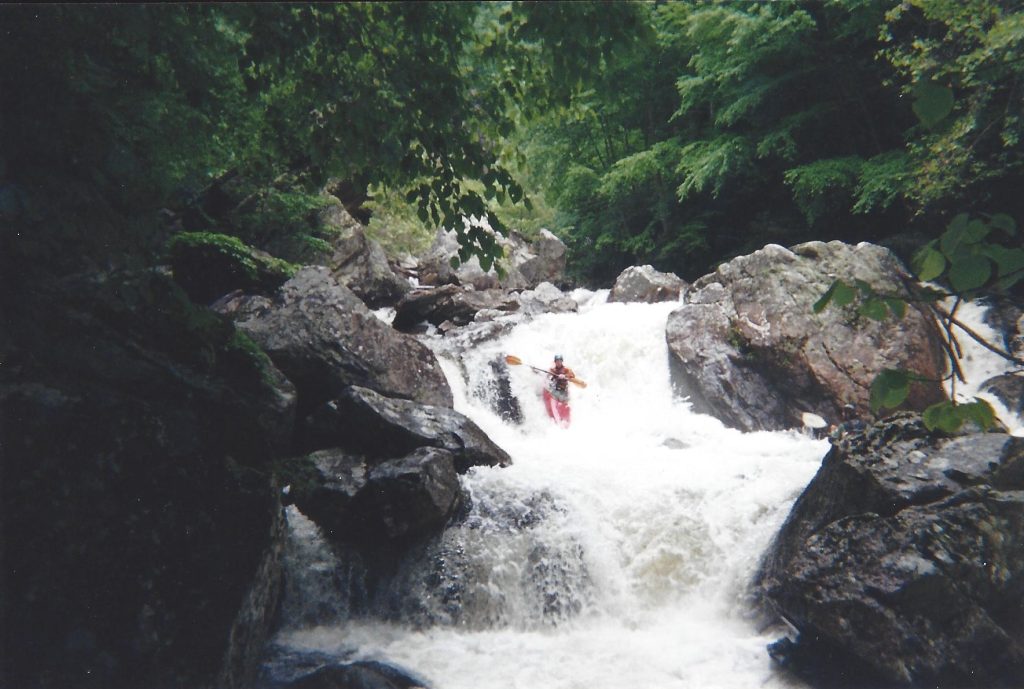Author: Adam Herzog
-
Ultra Classic: the Wayne Gentry Interview
In this interview, kayak video pioneer Wayne Gentry (Southern Fried Creekin’, Green Summer) discusses the early days of whitewater videography in the Southeast, and his influence on the modern era.
By
·
-
Lunatic Fringe
A superlative list of the South’s biggest, meanest rapids and waterfalls.
By
·
-
Life and Death Beyond the Edge
The author contends with the juxtaposition of joy and danger in whitewater through the lens of close calls, days of progression, and moments of utter horror.
By
·


